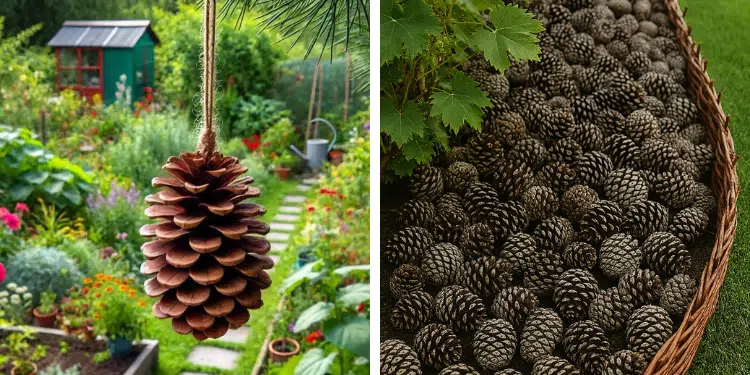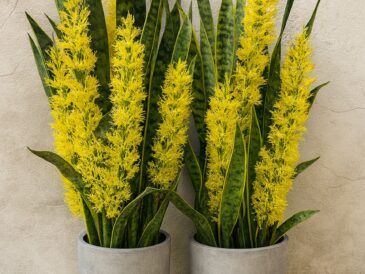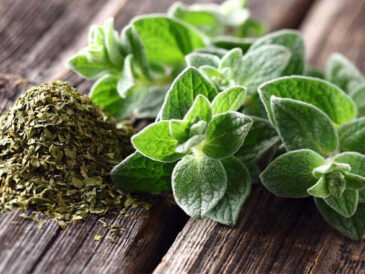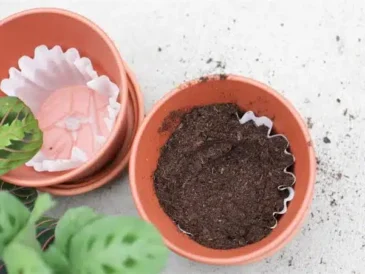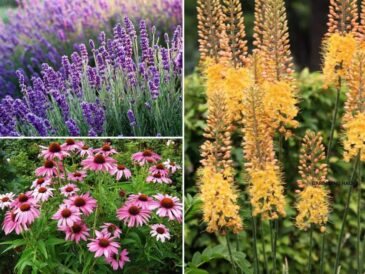Every autumn, as pine trees begin to shed their cones, most people see them as nothing more than forest litter – something to sweep off the driveway or rake from underfoot.
But to seasoned gardeners, these woody, seed-bearing treasures are far from waste. Pine cones are one of nature’s most versatile and underrated tools for the garden, serving purposes that range from soil improvement and natural pest control to creative garden design and even wildlife support.
Understanding Pine Cones: Nature’s Seed Protectors
Before diving into their uses, it’s worth understanding what pine cones actually are – and why trees produce them in the first place.
Pine cones are the reproductive structures of coniferous trees like pines, spruces, and firs. Female cones contain seeds protected by tough, woody scales that open when conditions are right, allowing the seeds to disperse. Male cones, smaller and less noticeable, produce pollen.
Beyond reproduction, pine cones have evolved with remarkable adaptations. Their structure protects seeds from predators, insulates them from extreme weather, and ensures they’re released only when conditions support germination – often triggered by heat, cold, or moisture changes.
For gardeners, this durability and natural design make pine cones incredibly useful – they don’t rot quickly, they resist pests, and they perform valuable ecological functions when returned to the soil.
How to Collect and Prepare Pine Cones
When to Collect
Autumn is the best time to gather pine cones. By late September through November, cones have matured and naturally dropped from trees, meaning they’re ready to use.
Look for cones that are:
- Fully open (indicating they’re dry and mature)
- Brown or tan rather than green (immature)
- Free from mold, rot, or insect holes
How to Clean and Prepare Them
Before using pine cones in the garden, it’s wise to clean and sanitize them to remove sap, insects, and fungal spores.
- Shake Off Debris: Brush away dirt, leaves, or insects.
- Rinse: Wash cones briefly in a bucket of water with a splash of vinegar to kill bacteria and spores.
- Dry Thoroughly: Spread them in a sunny spot for several days or bake at 200°F (93°C) for 20–30 minutes to remove moisture and kill hidden pests.
- Cool and Store: Once dry, store them in a breathable bag or box until you’re ready to use them.
The Many Benefits of Pine Cones in the Garden
Pine cones are more than just handy tools – they offer real ecological and horticultural benefits.
Their natural structure, durability, and composition make them useful for improving soil, protecting plants, and enhancing biodiversity.
Here’s how:
- Water regulation: Their porous structure helps retain moisture while allowing airflow.
- Weed suppression: They can block sunlight, preventing weed growth.
- Soil aeration: Over time, decomposing cones add organic matter and improve soil structure.
- Wildlife habitat: They provide shelter for beneficial insects, small mammals, and pollinators.
- Sustainable mulch: They’re biodegradable and long-lasting.
15 Brilliant Ways to Use Pine Cones in Your Garden
1. Mulch That Lasts for Years
Mulching is one of the most effective ways to protect your soil and plants – and pine cones make an excellent long-lasting mulch. Their woody structure slows decomposition, providing multi-season protection.
Benefits:
- Retains moisture and reduces evaporation
- Regulates soil temperature
- Suppresses weeds naturally
- Adds organic matter slowly over time
How to use:
- Layer whole or crushed pine cones around the base of perennials, shrubs, and trees.
- Avoid direct contact with plant stems to prevent rot.
- Combine with shredded leaves or bark for improved texture.
2. Natural Weed Barrier
If weeds are a recurring headache, pine cones can help. Their tough, spiky texture makes it difficult for weeds to push through, especially when used in raised beds or around ornamental plants.
Why it works: The dense layer blocks sunlight and physically prevents germinating weeds from establishing.
How to use:
- Spread a thick layer (2–3 inches) around garden beds or pathways.
- For added protection, combine with cardboard or newspaper underneath.
3. Perfect for Moisture Regulation
Because pine cones are porous yet slow to break down, they absorb water and release it gradually, helping keep roots hydrated without waterlogging the soil.
Best use: Around plants that like even moisture, such as hydrangeas, hostas, and shade perennials.
Tip: Mix pine cone mulch with compost or leaf mold to create a moisture-balancing layer that also boosts fertility.
4. Soil Aeration and Structure Improvement
Over time, pine cones naturally decompose, enriching the soil with carbon and organic matter. Their structure loosens compacted soil, improves drainage, and enhances root growth.
How to use:
- Break larger cones into smaller pieces and mix them into heavy clay soils.
- Incorporate them into raised bed layers as part of a “lasagna garden” base.
5. Excellent Drainage Layer for Containers
Tired of heavy, waterlogged pots? Pine cones are a simple, eco-friendly solution. A layer at the bottom of planters improves drainage and reduces the risk of root rot – and they’re much lighter than stones or gravel.
How to use:
- Add 2–3 inches of whole pine cones at the bottom of large pots.
- Top with soil and plant as usual.
Bonus: This technique makes large containers easier to move due to reduced weight.
6. Protect Delicate Plants from Frost
As temperatures drop, pine cones can act as a natural insulating barrier around the base of tender perennials and young plants.
How to use:
- Heap pine cones around the crown of plants before the first frost.
- Combine with straw or leaves for added protection.
Why it’s effective: The air pockets within pine cones trap heat and shield roots from sudden temperature swings.
7. DIY Pathways and Garden Edging
Pine cones can double as a rustic, eco-friendly alternative to store-bought mulch or edging materials. They create a charming woodland aesthetic while also serving a functional purpose.
How to use:
- Line garden paths with whole cones for a natural edging.
- Crush them to create a textured surface that resists erosion and compaction.
Tip: Spray with a light coat of natural oil to enhance color and extend longevity.
8. Seedling Support and Protection
If squirrels, birds, or cats tend to dig up your freshly planted seeds, pine cones can act as natural protectors.
How to use:
- Place small pine cones around seeded areas to discourage digging.
- Scatter them on top of freshly mulched beds to deter animals while still allowing light and water through.
9. Beneficial Insect Habitat
Beneficial insects – like ladybugs, lacewings, and solitary bees – are essential for pest control and pollination. Pine cones offer shelter and overwintering spots for many of these species.
How to use:
- Tuck a handful of pine cones into corners of your garden, under shrubs, or in insect hotels.
- Leave some undisturbed through winter to give insects a safe refuge.
10. Attract Birds and Wildlife
TO CONTUNUE READING THE ARTICL PLEASE SEE PAGE 2 .
